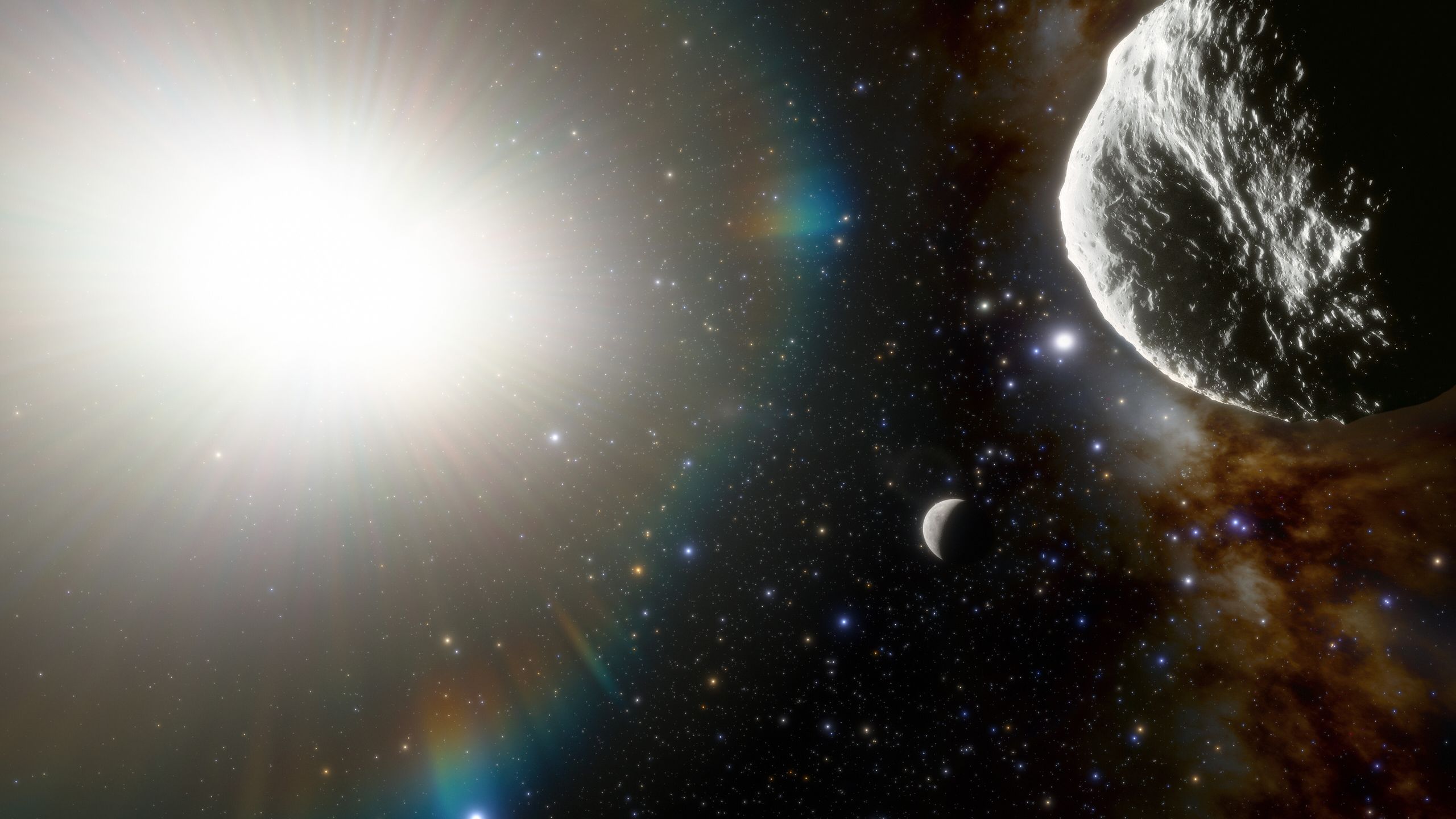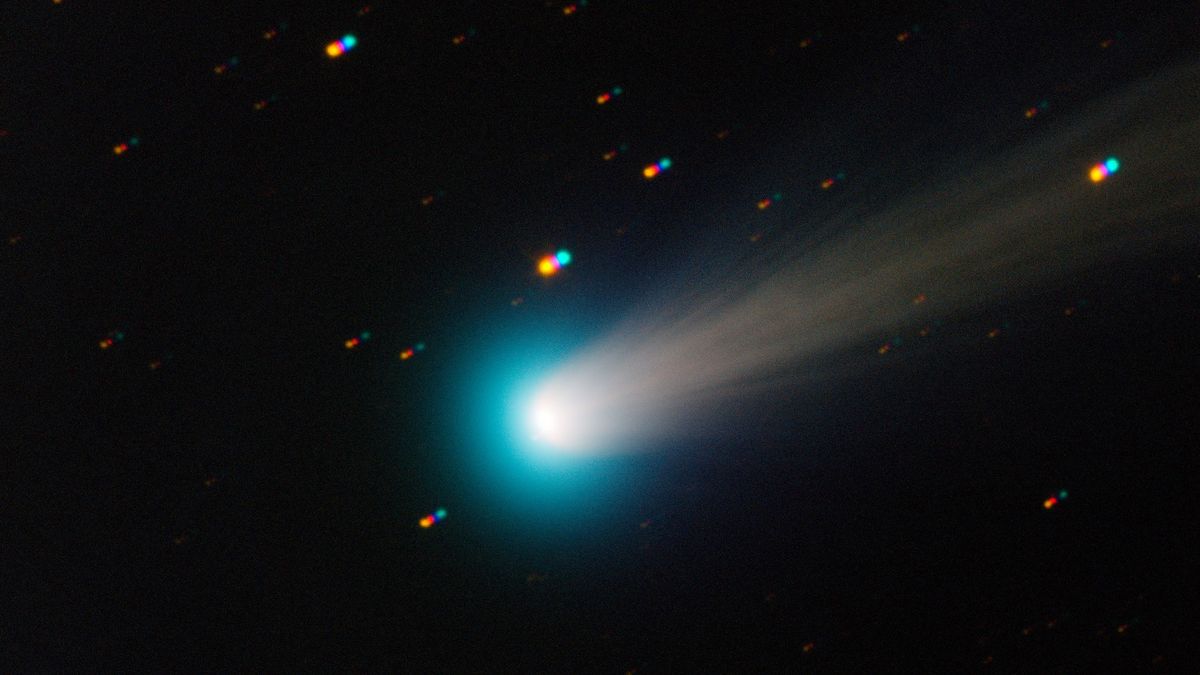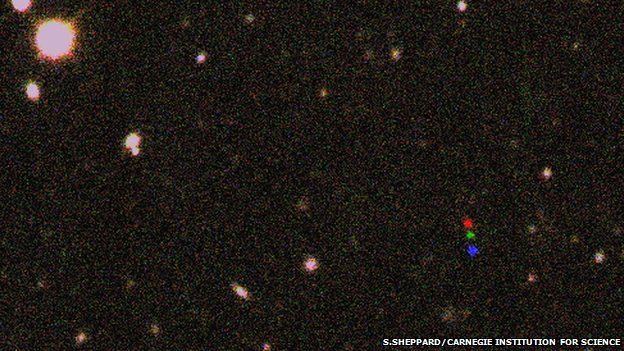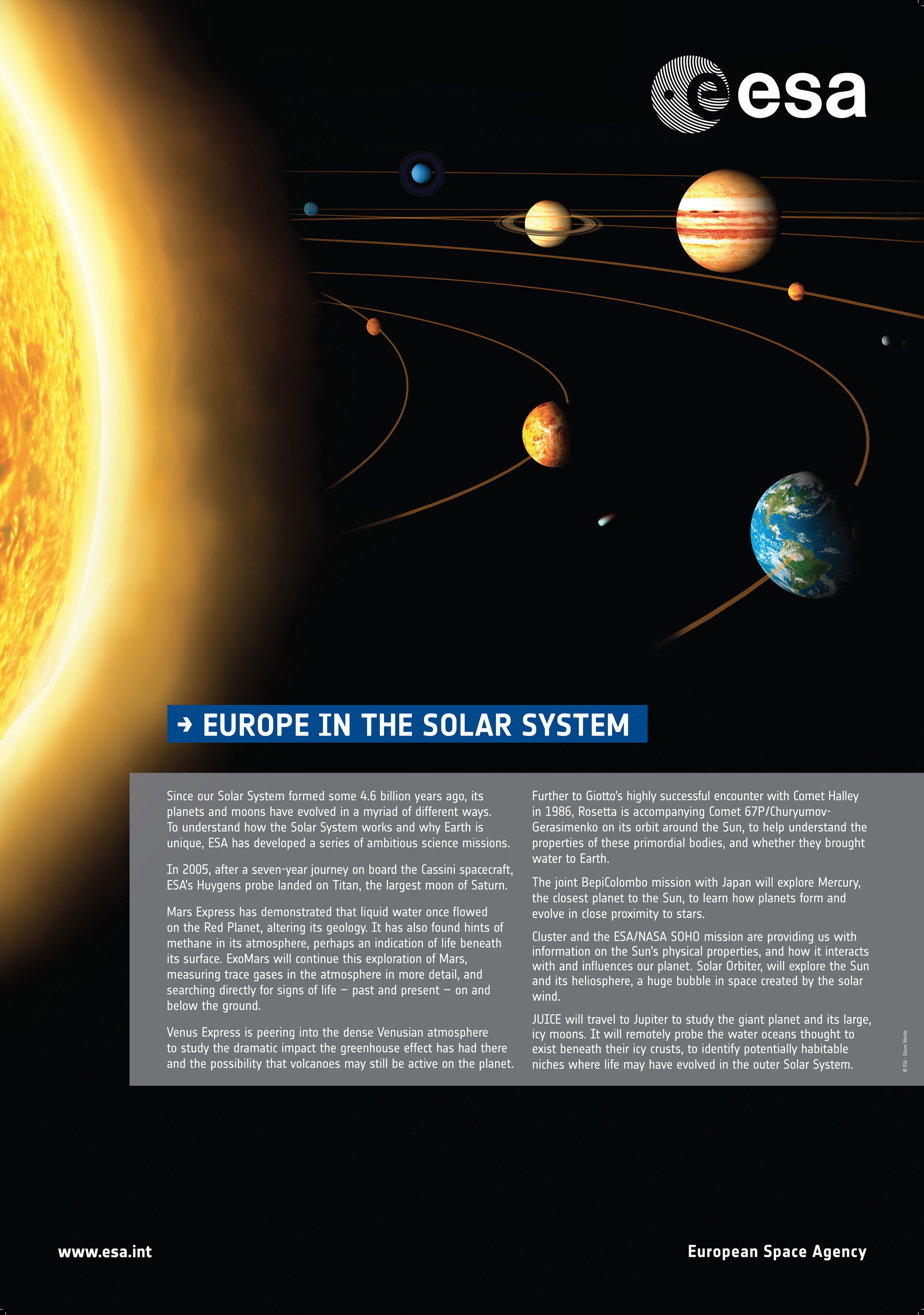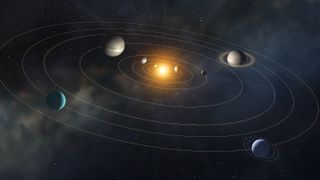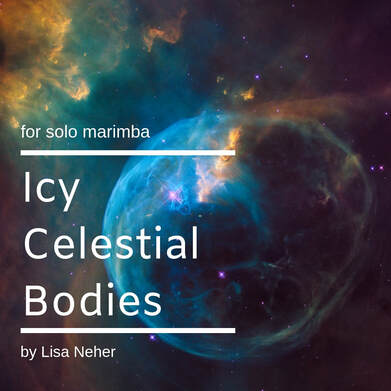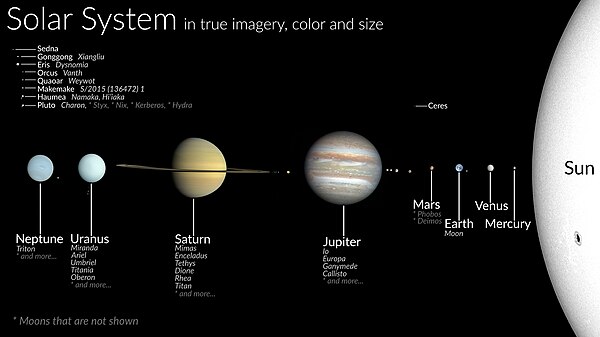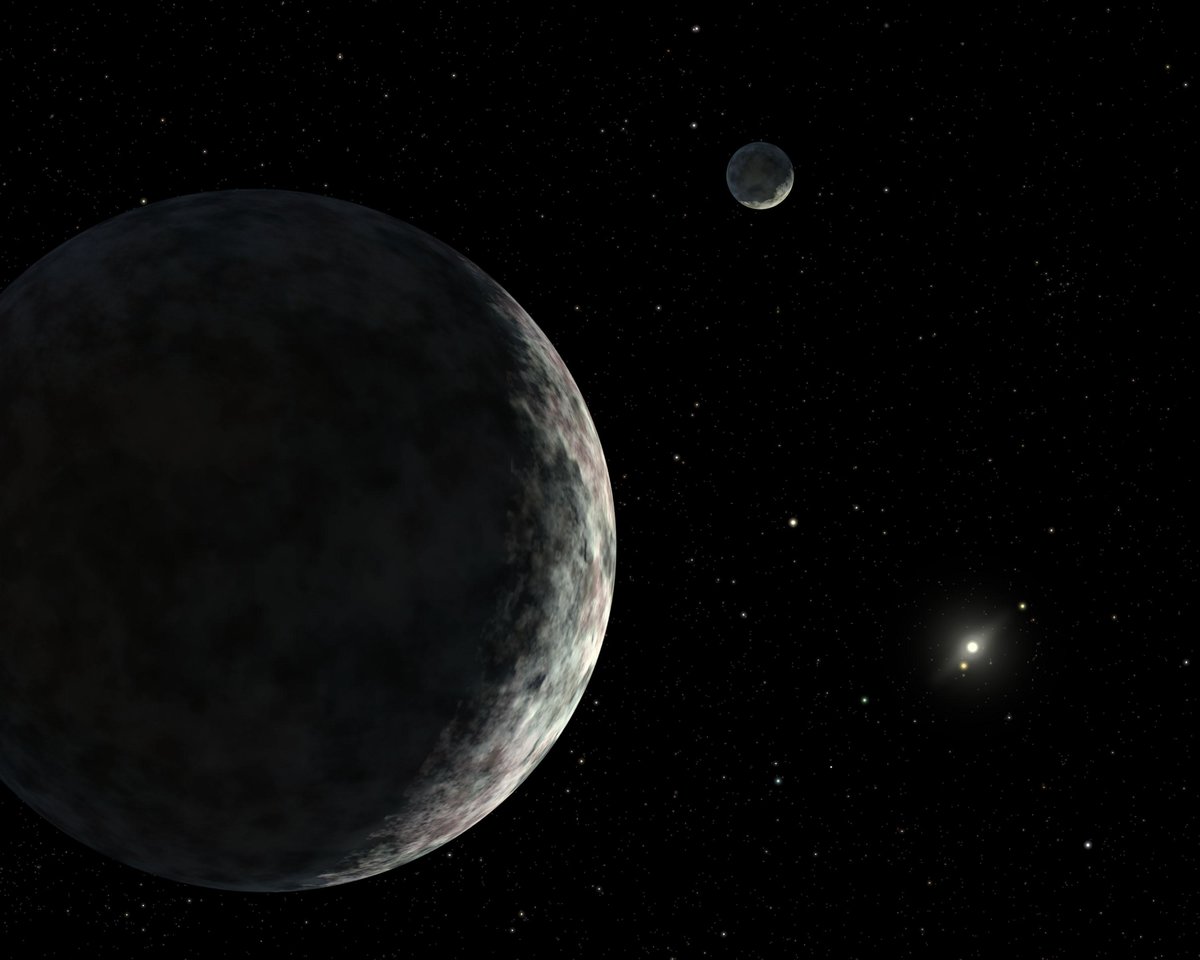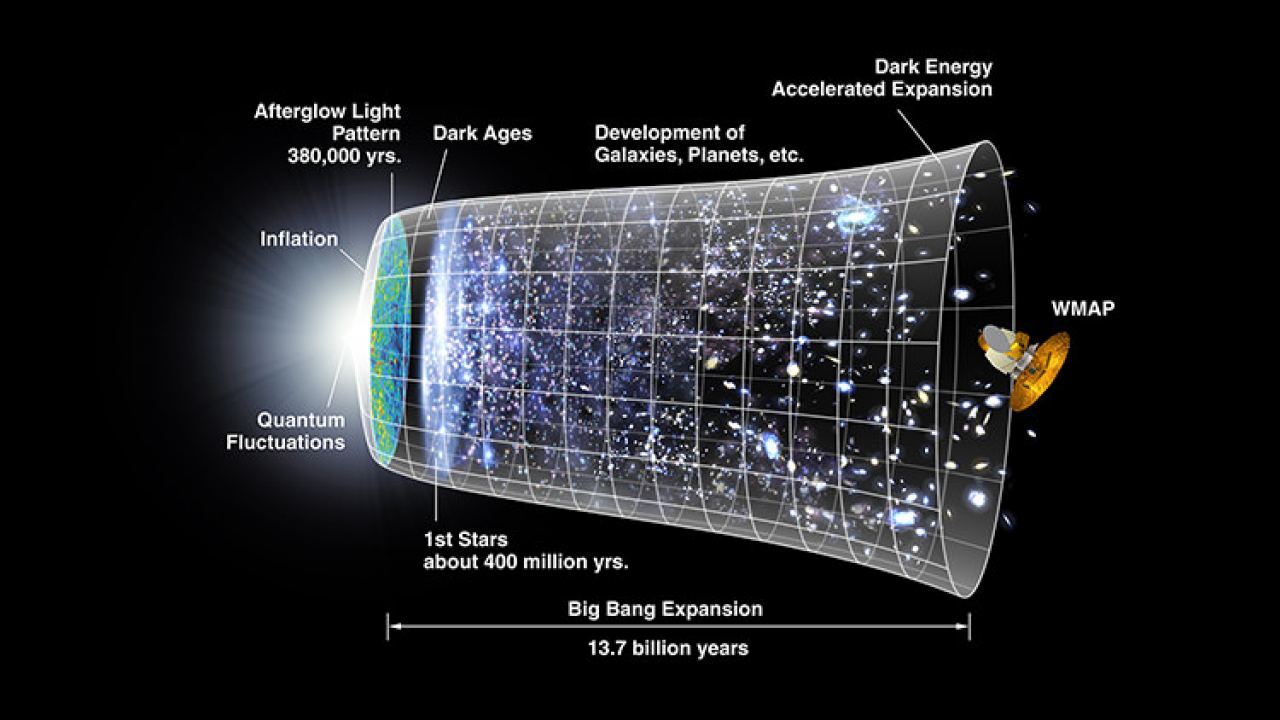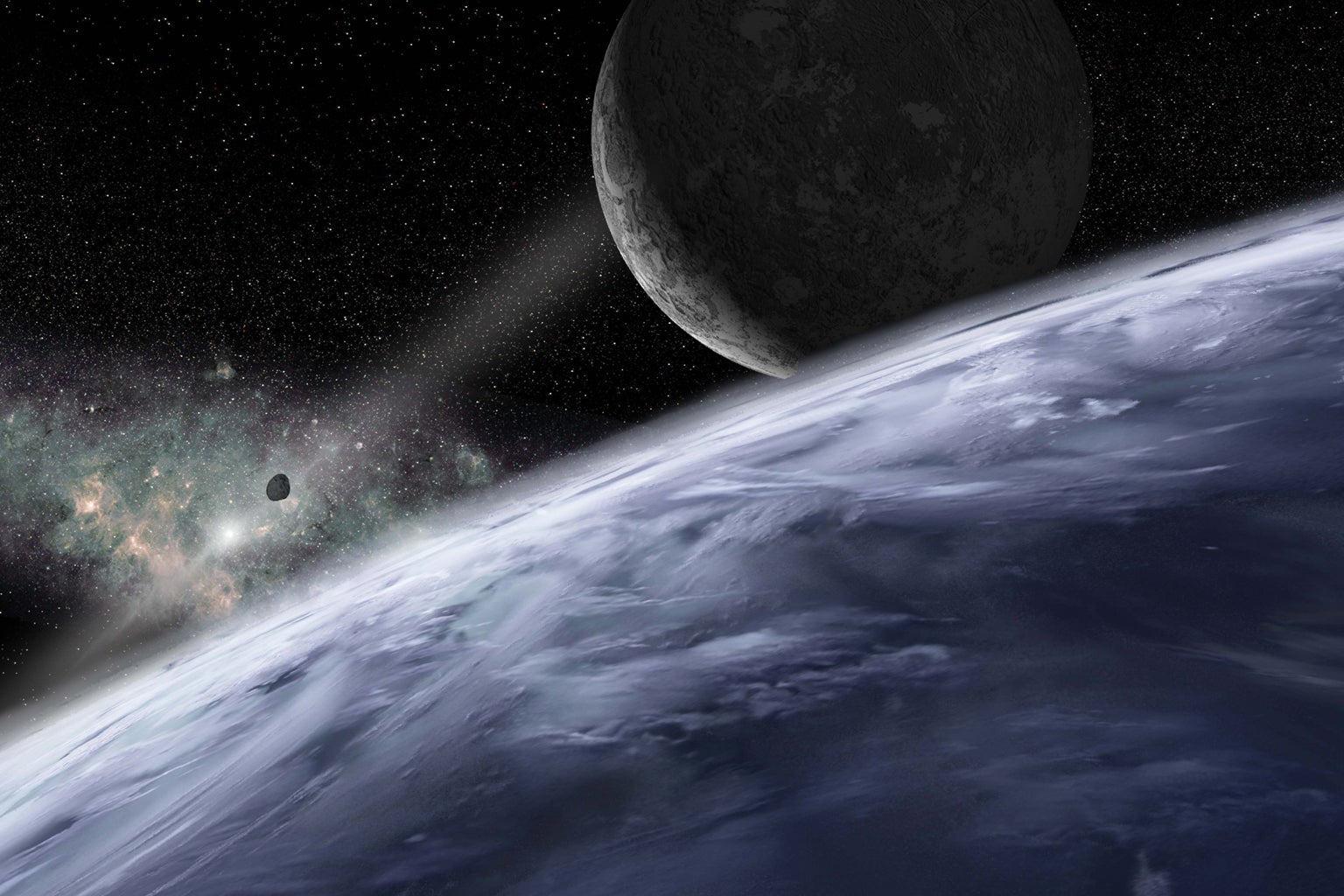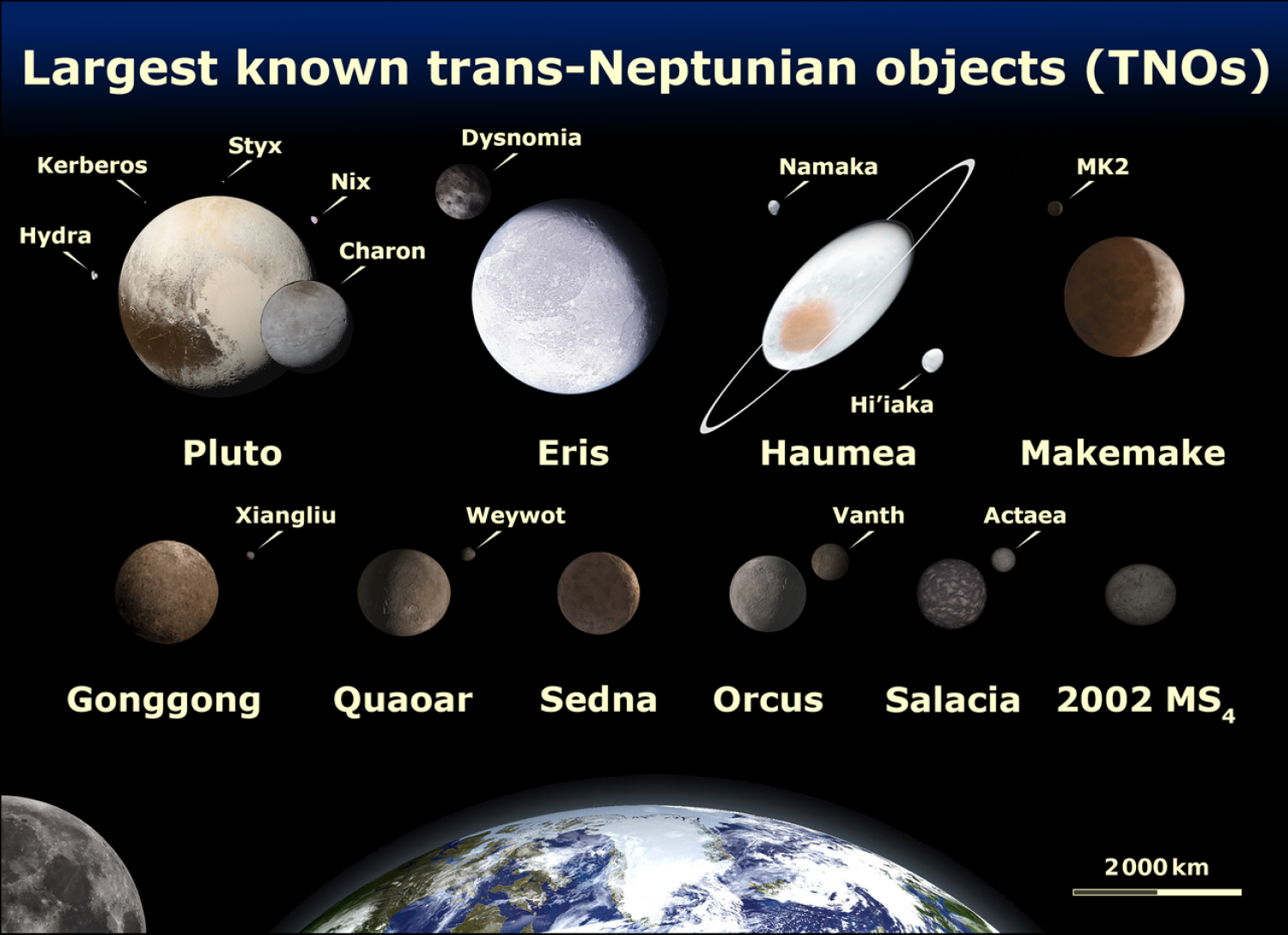
The collective power of the solar system's dark, icy bodies | CU Boulder Today | University of Colorado Boulder
:focal(533x393:534x394)/https://tf-cmsv2-smithsonianmag-media.s3.amazonaws.com/filer/b1/c8/b1c8ac52-8951-4d9f-8051-c649816bf09f/pia22357-16_1.jpg)
Astronomers Spot a Comet That Likely Came From a Different Solar System | Smart News| Smithsonian Magazine

Solar System : A Visual Exploration of All the Planets, Moons and Other Heavenly Bodies That Orbit Our Sun (Hardcover) - Walmart.com

Comets By: Kaya Umeda, Cierra Yoshikawa. What is a Comet? Small, icy celestial body that orbits around the sun. - ppt download

comets: Icy comet orbiting a Sun-like star throws light on development of Solar System - The Economic Times
/https://tf-cmsv2-smithsonianmag-media.s3.amazonaws.com/filer_public/52/3b/523bdb6e-f043-4b7b-b36c-017dfbe1d9f7/fullmoon2010.jpeg)
